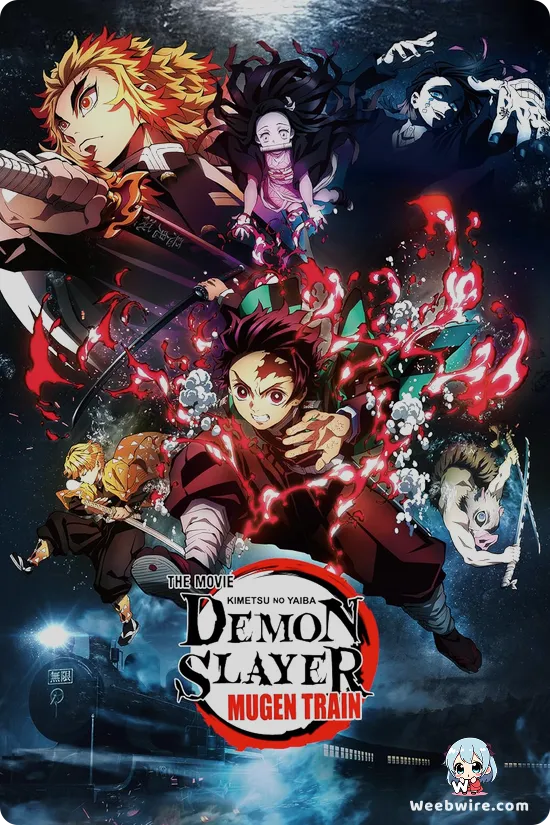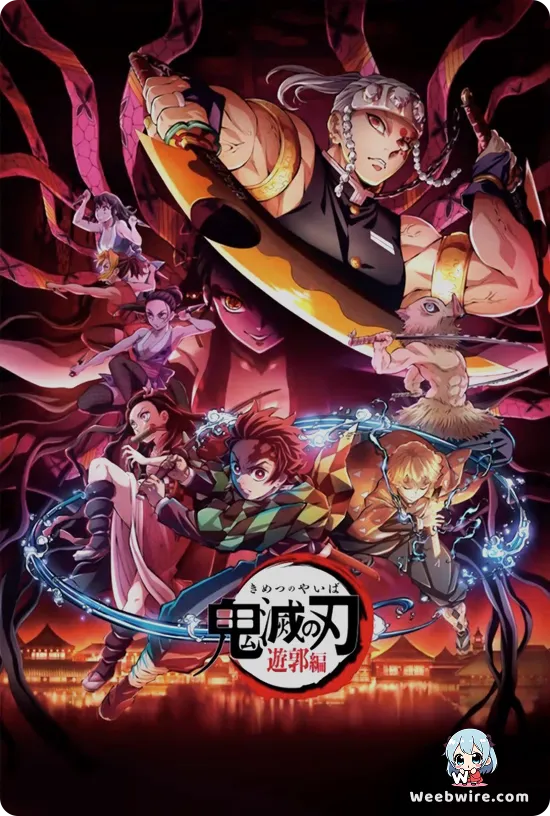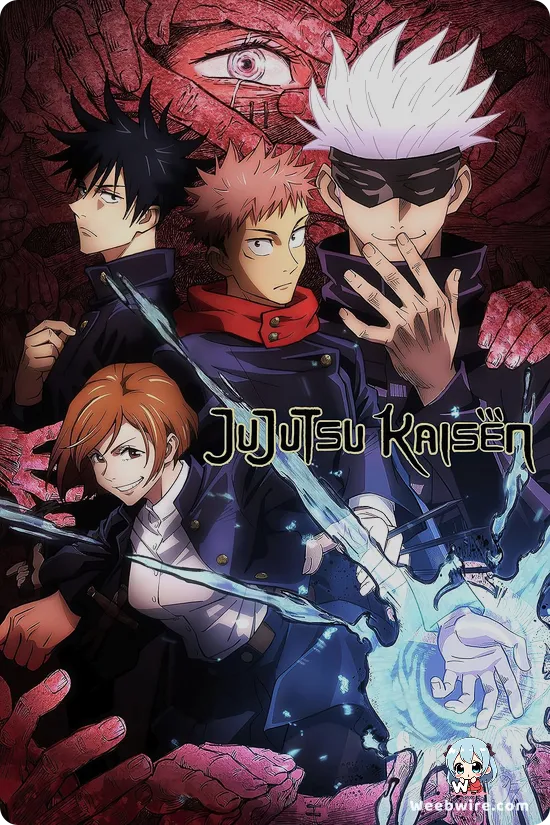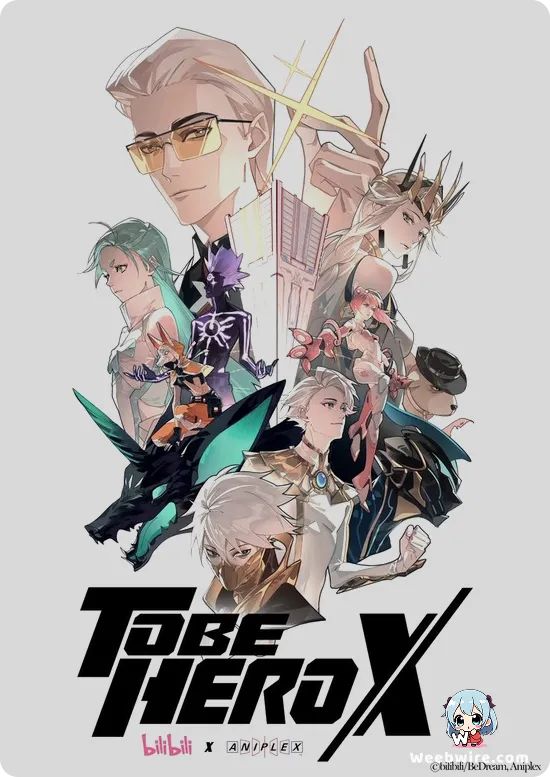The Unhinged Triumph: 'Ghost Stories' English Dub's Legendary Transformation

In a truly remarkable chapter of anime history, Studio Pierrot’s 2000 horror series, Ghost Stories (originally Gakkou no Kaidan), underwent a metamorphosis so radical it redefined localization itself. While its Japanese iteration was a relatively conventional and modest children's horror narrative, the English dub rocketed to legendary cult status, celebrated for its audacious humor and unprecedented creative liberty. This extraordinary transformation is a compelling tale of how a struggling series found an unexpected second life through daring reinterpretation.
The original Ghost Stories followed Satsuki Miyanoshita and her younger brother Keiichirou, who, upon moving to their mother's hometown, discover her past as a formidable ghost hunter. Alongside friends Hajime, Reo, and Momoko, and accompanied by a demon-possessed cat named Amanojaku, they embarked on episodic adventures to seal malevolent spirits. Although moderately successful, its formulaic execution prevented it from truly standing out in the bustling anime landscape of the early 2000s.
The pivotal moment arrived when ADV Films secured the licensing rights for North American distribution. The story, now a cornerstone of anime folklore, posits that Japanese licensors, reportedly Aniplex and Studio Pierrot, were so detached from the series' performance that they granted ADV Films astonishing creative freedom for the English dub. The only stipulations were the preservation of character names, general plot points, and the ending. Beyond these minimal constraints, the dubbing team was given a near-blank canvas to rewrite the dialogue.
This extraordinary directive was a golden opportunity for director Steven Foster and his team, including voice actors like Chris Patton (Hajime), Hilary Haag (Satsuki), Monica Rial (Momoko), Greg Ayres (Reo), and Christine Auten (Amanojaku). They seized it with both hands, converting a bland children's horror show into a comedic tour-de-force infused with adult humor, pop culture references, incisive political satire, and self-aware meta-commentary. The resulting dub bore scant resemblance to its original Japanese script in tone or content.
The humor in the Ghost Stories English dub is famously unapologetic and often controversial, exploring an eclectic mix of comedic styles. It features countless pop culture allusions and fearlessly tackled topics such as race, religion, sexuality, and politics, often in ways that would be deemed highly offensive in traditional productions. Characters were radically reinvented: Reo, initially a timid, scholarly boy, became a walking Jewish stereotype; Momoko, a spiritual and kind-hearted girl, transformed into a fervent born-again Christian; Hajime, the brave friend, devolved into a lecherous pervert; and Amanojaku, the demon cat, adopted a sardonic, nihilistic persona. These character overhauls, coupled with the unhinged dialogue, created an unparalleled experience in anime dubbing.
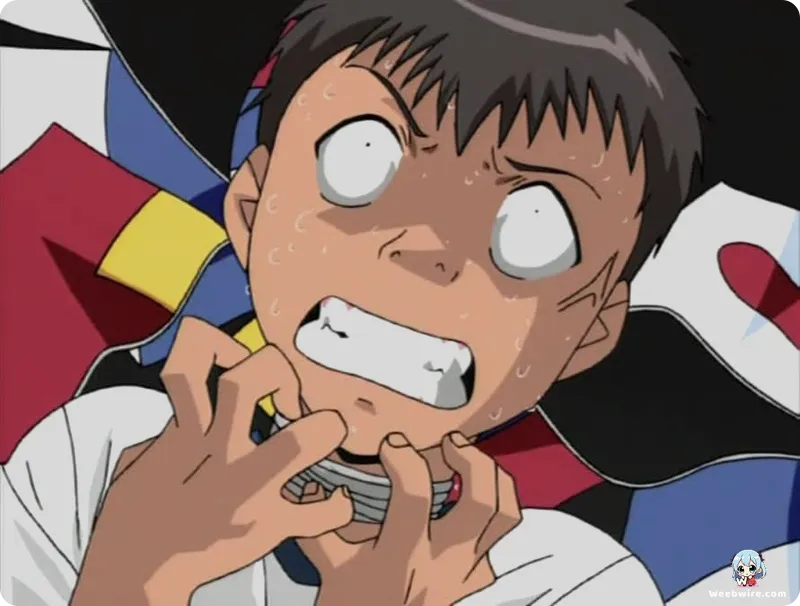
Episodes became a rapid-fire succession of jokes, delivered with deadpan earnestness that amplified the absurdity. The dubbing team frequently broke the fourth wall, lampooning the animation quality, common anime tropes, and even the dubbing process itself. This sheer audacity, combined with the voice actors' impeccable comedic timing, elevated a once-forgettable series into an unforgettable cult phenomenon.
Fans swiftly discovered the English dub through online platforms, its reputation spreading like wildfire. Videos showcasing its most outrageous lines garnered millions of views, cementing its status as a legendary example of creative redefinition. While some purists may debate such a drastic departure, the overwhelming consensus among fans celebrates the Ghost Stories dub as a work of comedic genius, a singular artifact in anime localization unlikely to ever be replicated.
The exact motivations behind the Japanese licensors' extreme leniency remain speculative, ranging from a desperate attempt at foreign market profitability to sheer indifference. Regardless, this decision inadvertently birthed one of the most iconic and beloved anime dubs of all time. It stands as a powerful testament to creative freedom and the willingness to take risks, proving that the most unexpected reinterpretations can yield the most memorable results.
The Ghost Stories English dub is not merely a humorous watch; it is a vital piece of anime history, celebrating the unbridled creativity that flourishes when boundaries are spectacularly blurred. It continues to be lauded for its daring humor and its unique place in the anime pantheon, a truly essential piece of trivia for any enthusiast.
Credits
Ghost Stories
Author
Tohru Tamiya
Cover Art
Masaya Fujimori
Studio
Studio Pierrot
Publisher
Kodansha
Producers


